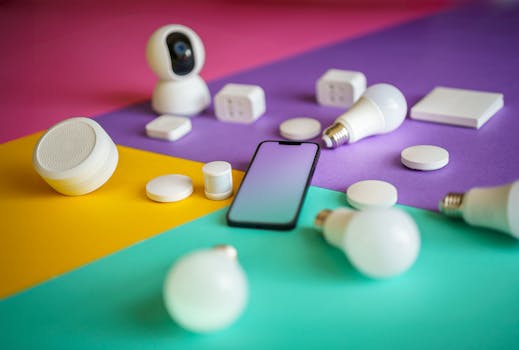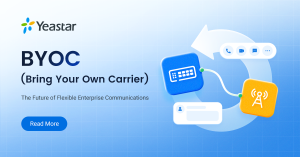Smart Connectivity: The Role of IoT in Modern Communication

Smart Connectivity: The Role of IoT in Modern Communication
Smart Connectivity: The Role of IoT in Modern Communication is a rapidly evolving field that has transformed the way we communicate and interact with devices. The Internet of Things (IoT) has enabled smart connectivity, allowing devices to communicate with each other and with humans in a seamless and efficient manner. In this article, we will explore the role of IoT in modern communication, its benefits, and its applications.
Introduction to IoT and Smart Connectivity
The Internet of Things (IoT) refers to the network of physical devices, vehicles, home appliances, and other items that are embedded with sensors, software, and connectivity, allowing them to collect and exchange data. IoT has enabled smart connectivity, which is the ability of devices to communicate with each other and with humans in a seamless and efficient manner. Smart connectivity has transformed the way we communicate, making it faster, more efficient, and more convenient. With the help of IoT, devices can now communicate with each other and with humans, enabling a wide range of applications, from smart homes and cities to industrial automation and healthcare.
The Benefits of IoT in Modern Communication
The benefits of IoT in modern communication are numerous. One of the most significant benefits is increased efficiency. With IoT, devices can communicate with each other and with humans in real-time, enabling faster and more efficient communication. IoT also enables automation, which can help to reduce costs and improve productivity. Additionally, IoT enables remote monitoring and control, which can help to improve safety and security. For example, IoT-enabled sensors can monitor temperature, humidity, and other environmental factors in real-time, enabling remote monitoring and control of industrial equipment and other devices.
Applications of IoT in Modern Communication
The applications of IoT in modern communication are numerous and diverse. One of the most significant applications is in smart homes and cities. IoT-enabled devices can monitor and control lighting, temperature, and security systems, making homes and cities safer and more efficient. IoT is also used in industrial automation, where it enables remote monitoring and control of equipment and processes. Additionally, IoT is used in healthcare, where it enables remote monitoring and control of patient health and medical devices. For example, IoT-enabled wearables can monitor vital signs and other health metrics in real-time, enabling remote monitoring and control of patient health.
Challenges and Future Directions
Despite the many benefits and applications of IoT in modern communication, there are also challenges and future directions to consider. One of the most significant challenges is security. With the increasing number of IoT devices, there is a growing risk of cyber attacks and data breaches. To address this challenge, it is essential to implement robust security measures, such as encryption and authentication. Another challenge is interoperability. With the increasing number of IoT devices and platforms, there is a growing need for standardization and interoperability. To address this challenge, it is essential to develop standards and protocols that enable seamless communication between devices and platforms.
In conclusion, Smart Connectivity: The Role of IoT in Modern Communication is a rapidly evolving field that has transformed the way we communicate and interact with devices. The benefits of IoT in modern communication are numerous, including increased efficiency, automation, and remote monitoring and control. The applications of IoT in modern communication are diverse, ranging from smart homes and cities to industrial automation and healthcare. However, there are also challenges and future directions to consider, including security and interoperability. As IoT continues to evolve and improve, we can expect to see even more innovative applications and benefits in the future.



